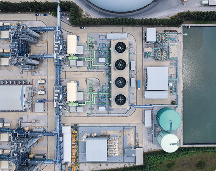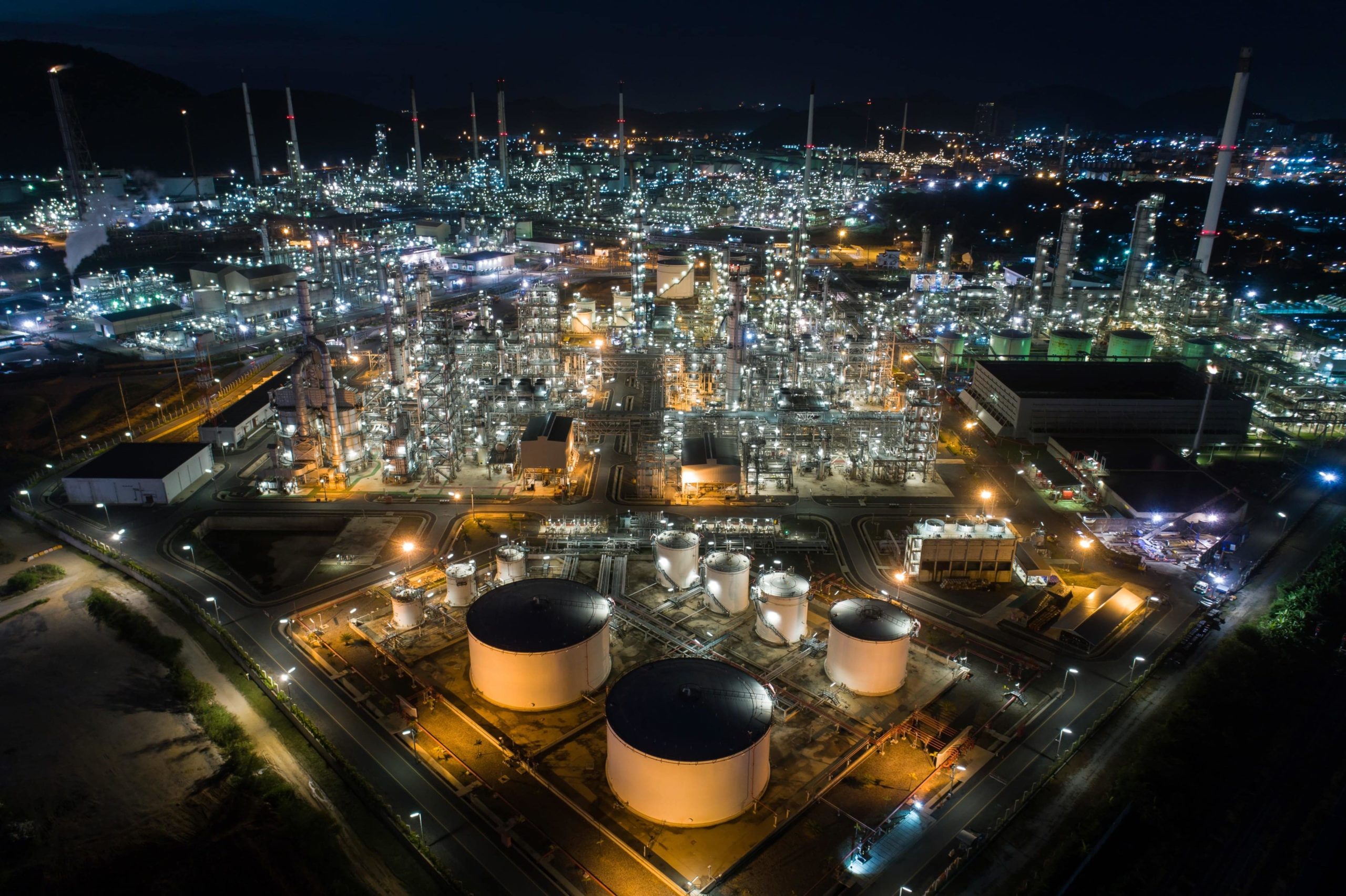The global oil industry has been doubly hit by the COVID-19 pandemic: by the collapse in oil demand triggered by the lockdowns and by the exaggerated perception of these demand losses. Inventory data derived from satellite imaging show that the demand drop in April, however severe, was nowhere near the levels estimated by many commentators. Moreover, global crude stocks have since swung into steep draws, suggesting the oil market is fast rebalancing — as reflected in the narrowing contango. This likely reflects both the scope and swiftness of supply cuts, and a much more resilient, buoyant demand than estimated using traditional forecasting methods.
Lower crude builds and earlier draws than expected
The latest Kayrros inventory measurements confirm crude stocks peaked in early April and have already swung into decline, as already hinted in an earlier note. In April, crude held in floating-roof tanks “only” rose by a total 142 MMb, or roughly 4.73 MMb/d on average. Over the same period, oil on the water increased by an estimated 120 MMb. Altogether, crude stocks (onshore and waterborne) built by roughly 9 MMb/d in April — a far cry from consensus estimates of demand contraction ranging from 18 MMb/d to 30 MMb/d for that month.
Furthermore, since peaking in early April, builds have slowed and recently flipped into steep draws. In the week ended May 10, onshore crude stocks outside of the US plunged by 14.57 MMb while oil on the water dropped by an estimated 19 MMb (early oil-on-the-water assessments tend to be noisy and remain subject to upward revision). This surprisingly large aggregate draw is fully consistent with futures market showing a narrowing of the contango in the second to prompt month Brent prices to $0.85/b. This indicates that it is no longer economic to store oil in tankers.
Oil demand losses appear far lower than the prevailing view in April
Measured crude oil builds are wholly inconsistent with prevailing views of a collapse in oil demand of nearly Biblical proportions. Far from being based on facts, these views represent educated guesses based on general economic indicators such as the number of countries and population count under mandated lockdowns, the type of containment measures adopted around the world, airline projections of reduced air travel, reports of lower car sales that hint at reduced industry demand for oil-based plastics, etc. The IEA has been the first to caution about the uncertainty attached to its assessments. It notes in its latest Oil Market Report that it “cannot emphasize enough that current estimates are fraught with uncertainties.”
In contrast, hard measurements of inventory changes based on satellite imaging offer a reality check on these estimates and a more robust view of true demand losses. Kayrros measurements suggest real losses in April were at most half of the IEA estimate, or roughly 15 MMb/d, and may not have exceeded one third (10 MMb/d) of that level. Furthermore, contrary to IEA forecasts, demand losses look unlikely to continue at a similar pace in May; instead, demand appears to be on a fast track to recovery, though how sustainable the trend will be remains uncertain.
Producers were fast acting to mitigate market imbalance
Supply cuts may be part of the explanation for the surprisingly “low” builds. There is admittedly no direct, barrel-to-barrel, one-on-one correspondence between crude builds and demand losses. Inventory builds represent the amount of oversupply, i.e. excess crude production compared to demand, and thus depend on both sides of the equation. Lower-than-expected builds in April likely reflected in part early supply cuts, evidence of which is supported by Kayrros measurements of a steep drop in well completions in US tight oil plays and declines in Canadian flaring associated attributable to oil production in April, among other indicators.
Unseen inventories
In addition, crude held in floating roof tanks and on tankers does not account for the totality of oil inventory changes — but they are nevertheless a highly reliable indicator of total oil inventory trends. In the initial state of the coronavirus impact, inventory builds were concentrated in refined products rather than crude oil, as it took refiners some time to react to the drop in product demand and adjust their throughputs accordingly. Hard-to-measure secondary and tertiary inventories also likely rose. Finally, some crude oil is held in fixed-roof tanks and underground caverns. Nevertheless, crude oil held in floating roof tanks and on tankers represent far and away the vast majority of crude stocks and are highly indicative of global inventory trends. Builds in product inventories were likely of limited duration. Kayrros does track product inventories held in fixed-roof tanks in Japan, Korea, Singapore and parts of the US. Changes detected in those inventories do not change the story told by crude stocks. The volumes of crude held in caverns (notably in South Korea) fixed-roof tanks (notably in Russia) are relatively marginal compared to the market as a whole.
Staggered effect of lockdown measures has lessened the blow
Several factors could explain why mainstream estimates have overstated demand losses. First, while confinement measures were global, their effect was gradual, and demand drops in some regions were often partially offset by increases elsewhere. When China started implementing confinement measures in Hubei province and elsewhere, the negative impact on crude prices initially boosted refining margins and crude oil demand elsewhere in the region, providing a partial offset, as shown in Kayrros measurements of implied crude oil demand in China and other Asia-Pacific leading economies. When the pandemic spread to the rest of the world, Chinese demand stabilized and soon posted signs of a V shape recovery.
Freight, commercial, and tanker transport provided pockets of resilience
Demand also did not equally fall across the barrel, as consumption from some sectors showed surprising resilience. Thus, airline freight demand fell much less steeply than passenger demand, supported as it was by online purchases. Since more than half of air cargo is normally flown in the belly of passenger aircraft, airlines had to fly more dedicated freighters to make up for the grounding of passenger flights — a partial offset. Likewise, increased marine fuel demand from oil tankers helped counterbalance reduced demand from container carriers and cruise vessels. Kayrros realtime measurements of US road traffic show a similar divergence in end-user demand for transport fuel between commercial vehicles (i.e. diesel demand) and commuter or recreational users (i.e. gasoline demand from passenger vehicles). While the latter fell more steeply than commercial demand, recent measurements show that it was on the rebound across all major US cities even before the official end of US confinement measures.
Looking forward
Widespread overstatements of the oil-demand losses caused by Covid-19 could carry severe adverse consequences for the oil market if it led industry to overshoot in spending cuts. By early May, there were clear signs of robust recovery in Asian crude demand as well as earlier-stage recovery in US end-user product demand. In addition, steep, swift supply cuts helped rebalance the market, leading to surprisingly deep inventory draws. But demand had never plunged as low as widely believed in the first place. While the future trajectory of demand and the path of the pandemic itself remain deeply uncertain, the rebound in oil prices could be faster and steeper than broadly expected.




